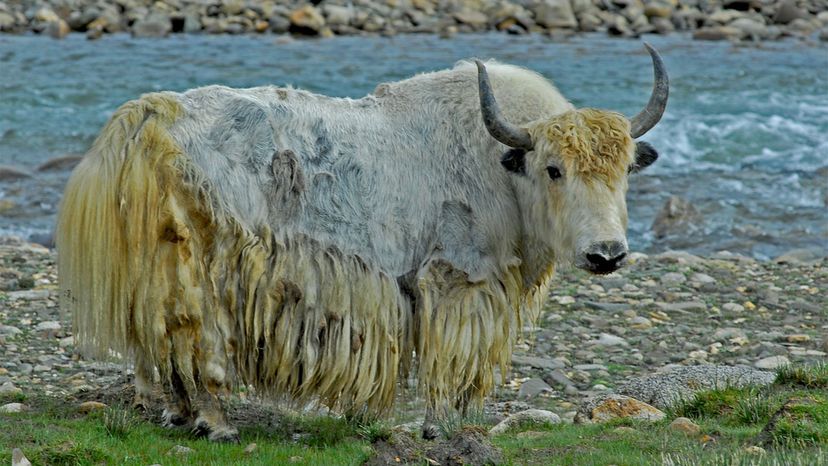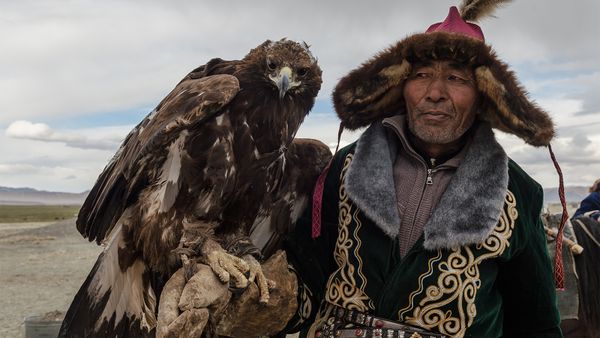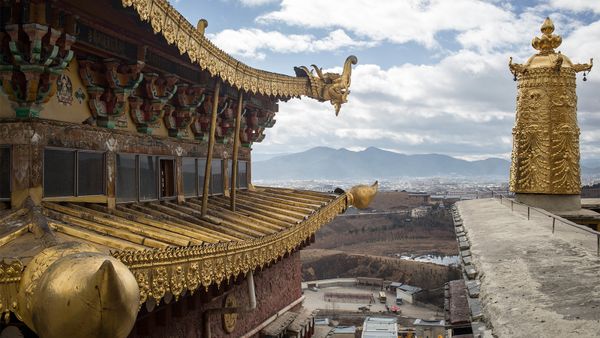
For those adventurous travelers who make the trek up the peaks of the Himalayan mountains in Central Asia, it's not uncommon to spot a yak — a herd animal that could pass for a large, hunchback cow donning a shaggy skirt and handlebar horns. These hardy, agile creatures can withstand temperatures as low as -40 degrees F (-40 degrees C), and their impressive lung capacity allows them to breathe easier than any hiker they'll encounter — even when carrying out their duties as a pack animal.
For the rest of us who forgo the climb, seeing a yak is still quite possible — in the U.S., for example, small farms in Colorado and some of the northern coastal states are raising yaks in growing numbers. According to Jandy Sprouse, former president of the Colorado-based International Yak Association, they're becoming increasingly popular for their easy maintenance, nutritious food byproducts and valuable fiber.
Advertisement
While yaks share the bovine family tree with cows, they are a different species altogether, and fossil records show they first appeared over 4,500 years ago in the Tibetan plateau. Most are now domesticated, but an estimated 10,000 to 15,000 still live in the wild in Tibet and Central Asia. No longer on the endangered species list, they unfortunately remain quite vulnerable due to the dwindling size of their habitat and increased hunting.
Let's take a look at some fun facts that show why the highly versatile yak is such an important mammal:
Advertisement

